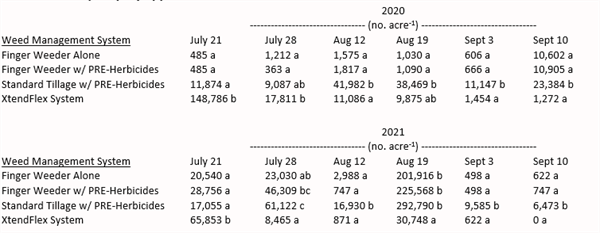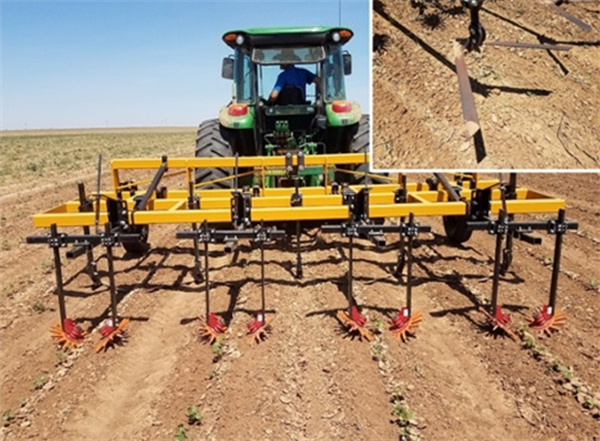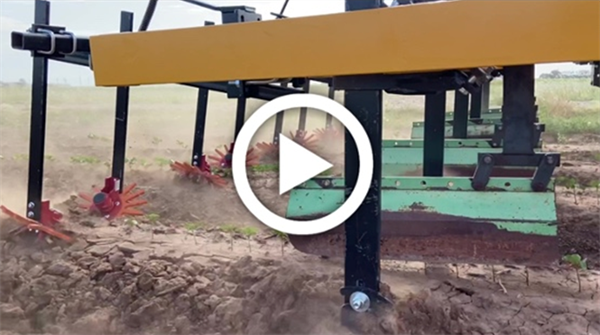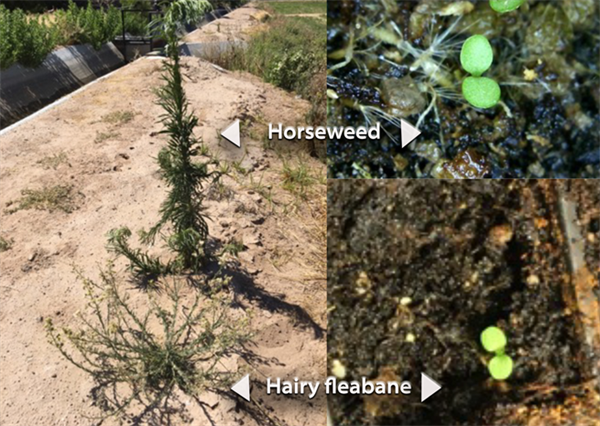-
Oct 30, 2024Stay Ahead of Diamondback Moth in the Desert
By now, you’re probably aware of reports of the Diamondback moth (DBM) outbreaks that Salinas has been experiencing for the past few months. I have spoken with coastal PCAs, growers and Industry reps who have described the situation as “awful” or “horrible”. They basically can’t stop the DBM populations from infesting and damaging crops. Apparently in some Salinas growing areas, DBM have been very difficult to control, regardless of what insecticide products they’ve used. Based on these reports and images of damaged crops, it brings backs memories of the fall 2016/spring 2017 season in Yuma when we experienced our own DBM outbreak that was so destructive to local brassica crops.
The reason the Salinas outbreaks should be of concern to desert growers is the possibility that these “hard to control” DBM populations may be making their way into our cropping system on coastal brassica transplants. There are some early signs that this has already occurred. Since mid-September, local PCAs have indicated that they have found DBM larvae on transplants originating from Salinas nurseries, while there were no reports of DBM on directed-seed broccoli at that time. Furthermore, I have had no less than a half-dozen calls in the past 2-3 weeks from Yuma PCAs complaining that Verimark-treated transplants originating from California were infested with 3rd and 4th instar DBM larvae 10-12 days after transplanting. Based on our local research, they should not be seeing DBM infestations like this until 25-30days. This is a good indication that the Salinas DBM populations arriving on transplants have developed resistance to the diamide chemistry. What’s more concerning, I had a very seasoned PCA tell me last week that he was “having trouble with solid kills” of DBM on cauliflower and cabbage from the coast. Again, we don’t know how intensively these CA DBM populations have been exposed to the insecticide products we normally use.
So, what can you do as the fall season progresses. My first reaction has been: be very aggressive with your IPM program on any DBM found on California transplants. Don’t hesitate to initially hammer them with products like Radiant and Proclaim. These products have been the most efficacious against desert DBM for several years. Be sure to carefully monitor the infestations post-application to ensure that you’re picking up the DBM larvae following each spray as we don’t know the status of resistance of these CA DBM to products that normally work well for us. Because of the suspected resistance to the diamides, I strongly recommend you avoid using a foliar diamide (Coragen, Besiege, Exirel, Harvanta) until we learn more. (Note: Radiant, Proclaim and Harvanta are showing good efficacy against DBM larvae in our trials at YAC on direct-seeded broccoli and cabbage). Remain vigilant in not allowing these populations to become established in your transplanted crops. The last thing you need is these populations becoming entrenched in the desert this season and spread to locally grown brassica crops as the season progresses into the spring. Remember, DBM population growth is enhanced under warm and dry weather and a La Nina winter has been forecasted by NOAA. In the short term, the good news is the weather for early November is forecasted to be a bit below normal and that should help slow them down. Instead of cycling through a generation in 11-14days as they have been doing, it will likely take them closer to 21 days to complete a generation with the cooler weather. For more information on managing DBM see: 2024-25 Guidelines for Diamondback Moth Management in Desert Cole Crops.
 To contact John Palumbo go to: jpalumbo@ag.Arizona.edu
To contact John Palumbo go to: jpalumbo@ag.Arizona.edu














